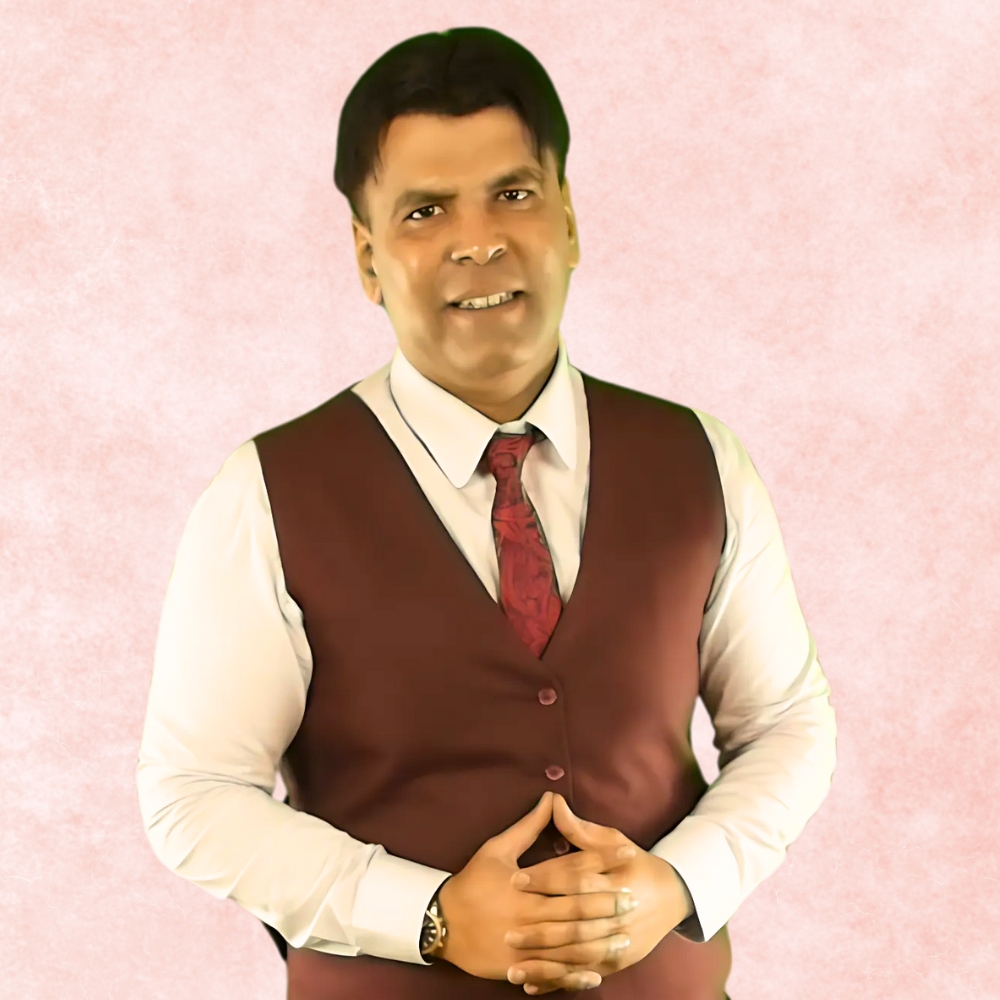
What Is a Vacuum—and Why It Transforms Insulation, Sound, and Fire Safety
What is a vacuum?
In everyday terms, a vacuum is air pressure reduced far below normal atmosphere. Sea-level air sits at 101.325 kPa. When we remove most of those molecules and hold the pressure down at roughly 1–10 pascals, we create what engineers call a moderate vacuum. That is the operating window we use across our vacuum-insulated technologies because it gives an excellent balance of performance, reliability, and manufacturability.
What does the vacuum actually do?
Heat, sound and fire behave differently when the air is largely absent.
1) Heat transfer
In ordinary insulation, heat crosses by conduction in solids and gases, convection of air, and thermal radiation. In a vacuum:
- Gas conduction and convection collapse because there are too few molecules to carry heat.
- At 1 Pa the mean free path of air molecules is on the order of millimetres, so heat moves in the Knudsen regime rather than by bulk flow.
- We combine the vacuum with low-emissivity barriers and a microporous support core to limit the remaining solid conduction and radiation.
Result: very low effective thermal conductivity at very small thickness. That is why a vacuum panel achieves levels of insulation in millimetres that conventional products need centimetres to match.
2) Sound transmission
Air carries airborne noise. If you remove the air in the insulation core, you reduce that transmission path. In practice, the outer skins and their fixings still pass some vibration, yet a vacuum layer cuts mid- to high-frequency airborne sound and helps calm reverberant spaces—especially when combined with thoughtful detailing at edges and joints.
3) Fire behaviour
Fire needs fuel, oxygen and heat. Inside a well-sealed vacuum core there is very little oxygen, so internal flame spread is curtailed. Pair that with non-combustible skins and finishes, and the overall system can achieve high fire classifications. The key point: the vacuum does not “extinguish” an external fire, but it removes one route for flames to run through the insulation.
The “Age of Vacuum”: what our panels add beyond the physics
A vacuum alone is not a product. What matters is how you create it, protect it, and keep it for decades.
How we build a vacuum-insulated panel (VIP)
- Microporous core: a rigid, open structure (e.g., silica or glass fibre) that supports the skins against atmospheric pressure so the panel does not collapse.
- Multi-layer barrier film or metallic skin: an ultra-low-permeation envelope that keeps air and moisture out.
- Edge seal: engineered seams that balance longevity with shape flexibility.
- Getter / desiccant: small internal components that capture residual gases or moisture over time to maintain pressure.
- Quality controls: pressure targets, mass checks, and heat-flux verification so every panel meets its declared performance.
Why “flexible design” matters
Real projects are not flat rectangles. We manufacture VIPs to bespoke dimensions, with curves, tapers, and service cut-outs, so insulation can follow the architecture rather than the other way round. That brings high performance into corners, returns, and tight voids where traditional boards simply cannot go.
What vacuum insulation changes in day-to-day use
- Energy use: thinner layers deliver large drops in heat flow, so heating and cooling plant can run at lower output and cycle less.
- Comfort: internal surfaces sit closer to room temperature, reducing radiant chill in winter and slowing heat ingress in summer.
- Acoustics: less airborne noise through the insulated element; quieter rooms need less masking.
- Safety: with suitable skins and finishes, you can specify high fire classifications while preserving slim profiles.
Where a vacuum layer makes immediate sense
- Space-constrained envelopes: heritage façades, narrow reveals, balcony upstands, and door leaves where every millimetre counts.
- Glazing lines: pair a vacuum-insulated curtain with large panes to tame night-time losses and afternoon solar gains—no glass replacement.
- Equipment housings: thin VIP liners in ducts, cabinets and access doors reduce conductive losses without obstructing maintenance.
- Temperature-critical transport: vacuum-insulated bags and boxes stabilise contents without ice or mains power on predictable routes.
What a vacuum does not do (and how we design around it)
- It is not a stand-alone fire shield. Whole-system fire performance depends on skins, fixings, joints and adjacent materials; we design and test the assembly, not just the core.
- It is not immune to puncture. We prevent accidental damage with protective cassettes, outer skins and planned fix points.
- It does not forgive gaps. As with any insulation, continuity at edges matters. We provide detailing for returns, sockets and junctions so the vacuum layer stays continuous.
Quick specification notes for decision-makers
- Working pressure: typically 1–10 Pa (moderate vacuum).
- Effective conductivity: single-digit mW·m⁻¹·K⁻¹ class, depending on core and skin; verified by heat-flux testing.
- Thickness: from ultra-thin formats for internal linings to slimmer façade panels where a finished outer face is required.
- Shapes: rectangles, arcs, tapers, and precision cut-outs for services.
- Integration: adhesive bonding, cassette framing, or concealed mechanical restraints—all with protected edges.
A short Q&A in plain English
Is a vacuum “empty”?
Not perfectly. There are still a few molecules present, just far fewer than in normal air. That is enough to suppress gas-borne heat transfer.
Will it help with noise?
Yes for airborne sound through the insulated element. We handle structure-borne vibration by designing the skins, fixings and supports appropriately.
What happens if the panel is damaged?
Panels are protected in use. If a panel is punctured, we replace that module—our modular approach keeps maintenance practical.
Ready to apply the vacuum advantage to your project?
Speak with our Customer Service Team to match panel formats to your drawings, receive samples, and obtain tailored pricing.
If you prefer a direct technical discussion, contact Professor Saim Memon by email or phone. We will review your targets and propose a specification that delivers measurable savings, acoustic gains and the fire performance you need.
Explore our full range, engineering notes, purchasing steps, videos and FAQs at www.sanyoulondon.com.
The vacuum is not a slogan; it is a physical state we engineer—carefully—to give you thinner constructions, quieter rooms and safer envelopes that save energy for years.
Share

Author
Prof. Dr. Saim Memon
PhD, CEng, FHEA, MSc, BEng(Hons), PGC-TQFE, GTCS, MCMI, MIET, MIEEE, MInstP, IBPSA, APCBEES, MPEC
CEO | Industrial Professor | Inventor | British Scientist | Chartered Engineer | Qualified Teacher | Chief Editor | World Speaker | Pioneer in Vacuum Insulation Energy Technologies

